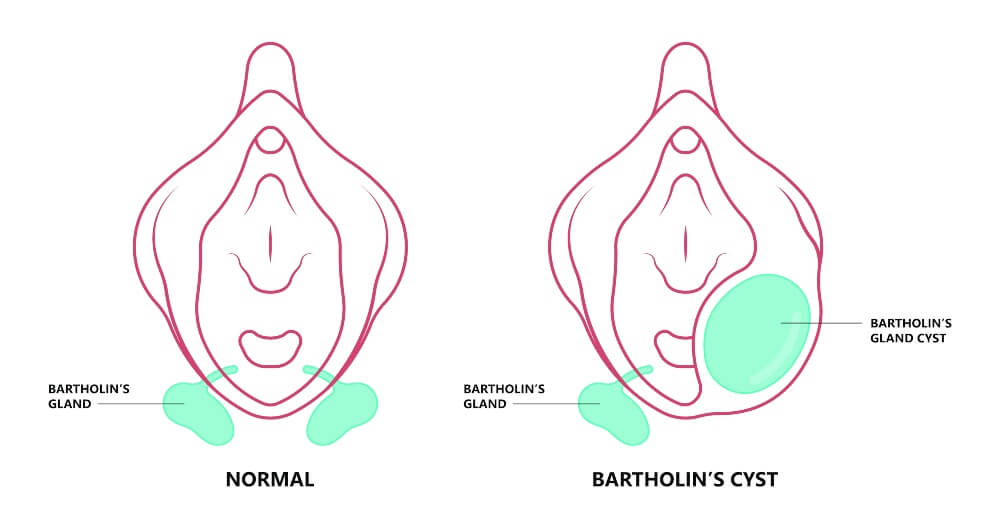Junk food is poison
If 'junk food' is not true, can children be allowed to lick biscuits at birth? Is it absurd that mother's milk is the best food for babies? If you argue that there is no such thing as good or bad food, then you can say that there is no best food either!
Is it right to call Pratik Joshiji's food 'junk'? After reading the article, I couldn't help but write something. Anyone who googles what is 'junk food' will know. Similarly, Joshiji's statement that "there is no legal definition of junk food or junk food" was also not right for me.
Junk food is food that contains a lot of sugar, salt, and calories, (especially to increase the taste), but it either does not contain the nutrients required by the body or is very low. In another language, it is also called ultra-processed food.
Robert Lustig is an American pediatrician. After treating obesity, diabetes, and high blood pressure in American children for 20 years, he realized that this is not the only way to treat diseases. It should be prevented. That was proper food.
After this, he studied law and became a lawyer to fight against the companies that make 'junk food'. In many books, Robert Lustig has described in detail how the habit of eating "junk food" of the American people has created many problems.
Dr. If you look at Robert Lustig on YouTube, you will know how he is raising public awareness against food that is full of many chemicals that do not contain sugar, salt, or fiber, i.e., ``fat food''. So, if the word 'junk food' can be used in America, Europe, India, why not in Nepal?
Similarly, to the author's question, 'Is it correct to distinguish food as good and bad?', I say that food is good and bad. Stale, wormy, rotten food full of many chemicals, salted and sugary food can't be called 'bad' food? This word is also used in English or Hindi.
Yes, the nature of food can be different according to people's lifestyle, work, place. "High calorie foods may be suitable for athletes," says the author. It is, but it should be a meal with healthy calories. Foods made with too many 'unhealthy fats, high sugar and salt calories', 'flour products' are not good for athletes.
Telling players that ``it happens when they use junk food in moderation'' is like saying that ``it happens even if children are given cigarettes, alcohol, and drugs in moderation''. I thought that's what parents are doing now.
What I experienced from the author's article is that ``Patru Khana'' is a word used by people who call themselves nutritionists and have only superficial knowledge about food, but for thousands of years, our ancestors have gained knowledge about food and used it in their daily lives. Does their knowledge have any importance?
Our forefathers used many cultural practices regarding this, that both mind and brain are healthy when we eat healthy food according to the season. That is why we eat satu and sorbet on Akshaya Tritiya, dahi-chiura on Asar 15, khichdi, ghee and chaku on January 1.
Our forefathers used to say - 'Jai Khae Anna, Bains Hoe Mind' 'Pet Safa To Har Rog Dafa!' We use thousands of proverbs and sayings about healthy food in our daily life. If it is not true that Patru Khana means 'junk food', can children be allowed to lick biscuits right after they are born? Is it absurd that mother's milk is the best food for babies? Because if you argue that there is no such thing as good or bad food, then you can say that there is no best food either!
Yes, 'junk food' should be viewed in a negative light. In any case, it cannot be thought that 'Patru Khana' can benefit the body. The word 'Patru Khana' itself means 'bad food'. Even in the US, voices are being raised against the companies that make such paper meals.
I will write something about the data available in the US and the studies done in the books written by the journalists there after a lot of study on how 'junk food' has worsened the health of the American people. You can see about these books on the website. It can also be heard on YouTube.
Joshiji's sentence that 'food is just food, food has no moral value' is wrong. Food is not only food, it is also connected with culture, religion and lifestyle. Before a human being is born, the fetus in the mother's stomach also needs healthy food.
If the mother eats bad, unhealthy food and the mother is malnourished and anemic, the baby is also born weak. That is why it is said that pregnant women should eat healthy food. Food also has a moral value. After eating, the baby is given a healthy bed and blanket. Even if you give him 'noodles and potato chips', who would say that they contain calories?
When the author writes that the choice of food does not make you a good or bad person, I say that it does not make you good or bad, that is, but the choice of food will determine whether or not your health will be good or not (high blood pressure, diabetes, cancer, many problems that come with obesity) and forgetfulness. It can also confirm things.
One wonders how an enlightened nutritionist like Joshiji could say that burgers, pizzas and phapar and millet roti can be put in the same category. Is eating millet bread, curd, mashed potatoes, chickpeas and khichdi and eating noodle chips the same thing?
My biggest concern is that feeding a malnourished child with noodles and biscuits is enough calories. It is very wrong and unnatural to say that. Would pediatricians and public health experts support such a thing?
Why did the author not consider that because of the ignorance of the Nepalese, how many poor people gave 'Patru food' to children, and they became victims of malnutrition! I would like to have a public discussion on this matter with the author and people who have similar views. Joshiji is ready!
Responding to the fact that the root cause of many diseases in the body is an unhealthy stomach, junk food and unhealthy food. In his book 'Metabolic' Lusting mentions how food companies, drug companies and junk food deprive us of being healthy.
After reading many scientific researches in this book written in simple English language, I thought it appropriate to bring forward the facts written in it to the masses.
Maybe some of the facts written in it have already been said by public health experts, but in this book, Dr. Lusting has written in a very interesting way through his experience. He himself is a pediatric and diabetes expert. He says, 'Drugs given for chronic diseases do not cure the disease, they only cure the symptoms.'
"Chronic diseases should not be cured by medicine but by food."
The habit of eating junk food is like alcohol.
"Food companies, big pharmaceutical companies and governments that ignore public health are in the same place."
This book, written keeping in mind the background of America, is very important for countries like Nepal and India. This book of more than 400 pages is a source book. It cannot be read at once, it should be read from time to time.
While reading a book, we experience how the things written in it are compatible with us. "If we don't change the style of food, no matter how much hospitals, tools and medicine are developed, many health diseases will not decrease", it is said in many places in the book.
Dr. Lusting writes, "In America, 62 percent of the food available in large stores is junk food." There are many colors mixed in them and we are gradually getting poisoned by such foods. Diseases such as diabetes, high blood pressure, fatty deposits in the liver, cancer, amnesia etc. are not transmitted by such food. One way to solve such problems is for the community and individuals to eat food prepared in a natural way as much as possible. It will help us to fight epidemics like Covid by increasing our disease fighting power. He has written in his book - "Doctors and other health workers do not talk about nutrition."
Dr. Lusting first studied science, graduated. And studied medicine. He became a pediatrician. He then worked on the problem of childhood obesity in America. As a hormone expert, while solving children's problems, he experienced - 'There are many problems that cannot be solved by medicine alone. Children's obesity and thyroid problems cannot be solved only with the knowledge studied in college.' And he started treatment in a new way.
While working, he experienced how sugar, other sugary substances, junk food cause problems in the liver, it increases the chances of cancer and dementia. It was based on real research and not just his own experience. That is why he clearly said, ``You should eat this kind of food which keeps the liver healthy and relaxes the stomach. Eating like this is considered to be a real meal.
Owners of various types of junk food and food factories hide the fact that commercial food is unhealthy. All foods are naturally healthy. In order to preserve the food for a long time by extracting the cheap fibrous material (outer skin) from the same food, the leafy food is extracted from the factory by mixing many chemicals. After eating food prepared in this way, our liver becomes unhealthy. If there is no fibrous material, there is a possibility of stomach upset and infection. (Page 8)
While writing this book, he has mentioned 1,54 sources, mentioning all those sources in the book makes the size of the book more expensive, so all those sources have been added to his website.
In spite of having the best doctors, many hospitals, modern laboratories for surgery, etc. in America, are the American people healthy?' In fact, among other highly developed countries, America has more diabetes problems than any other country. Similarly, America is in the top 5 countries with dementia, cancer and heart disease. The reason for all this is food and lifestyle.
In one place of his book, he has written - "During the covid epidemic, Dr. Fauci did a very good job. But I am angry with him about one thing. He never spoke about the importance of food in fighting the infection of covid. If he had spoken about this, there would have been a very positive impact on the community.








